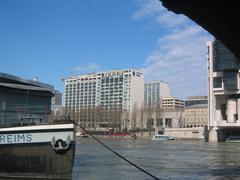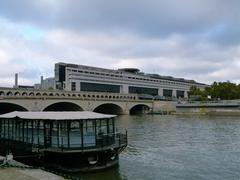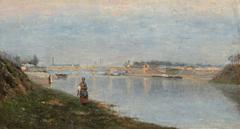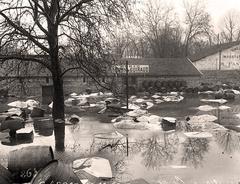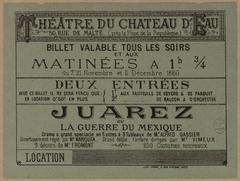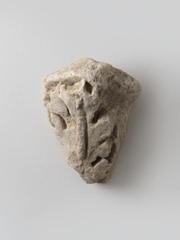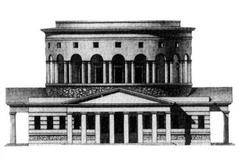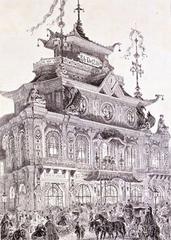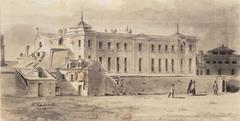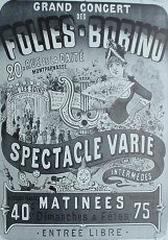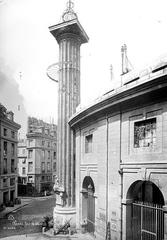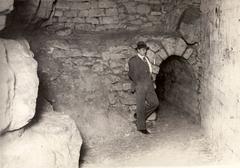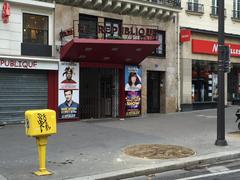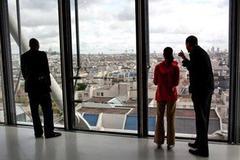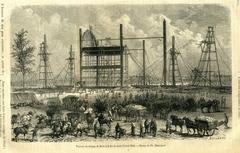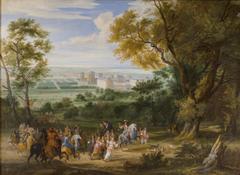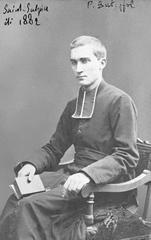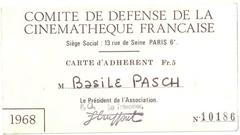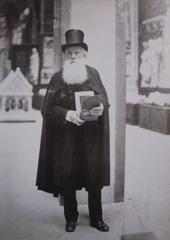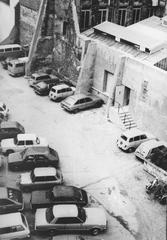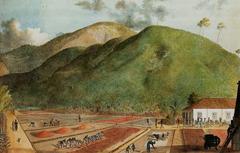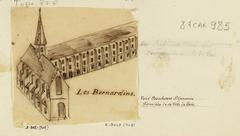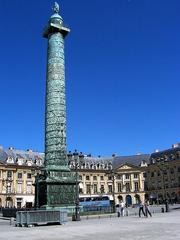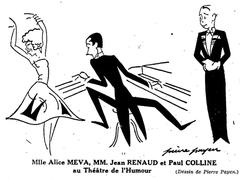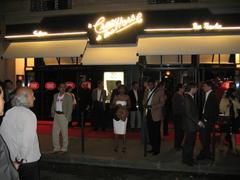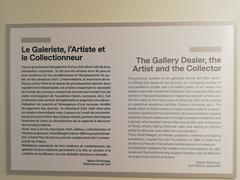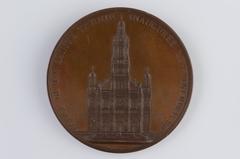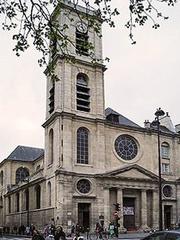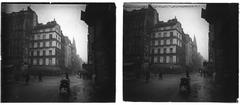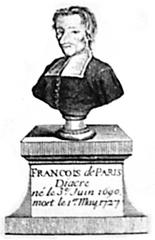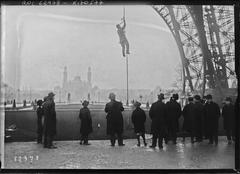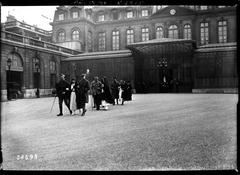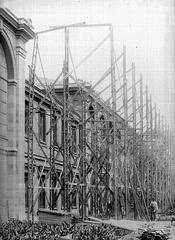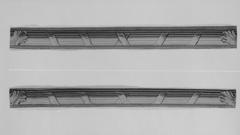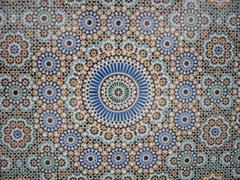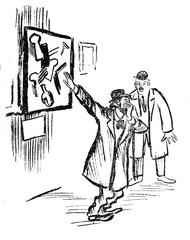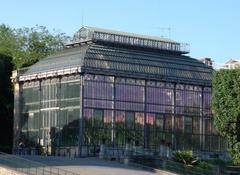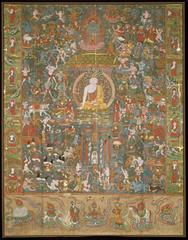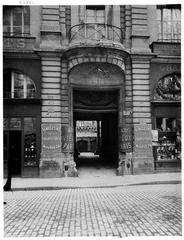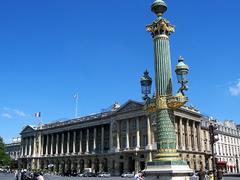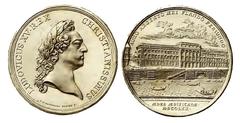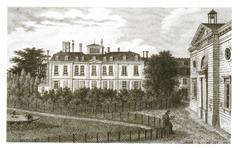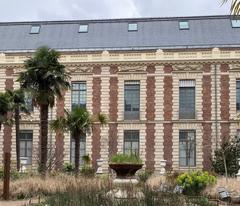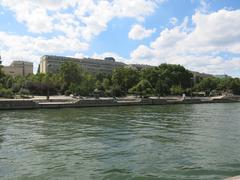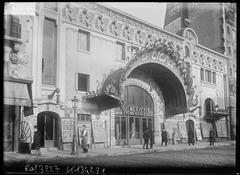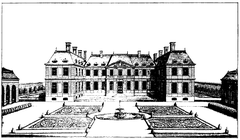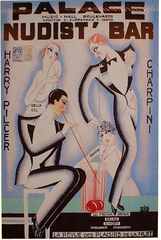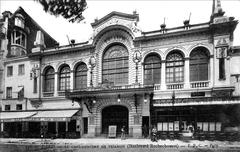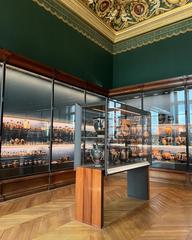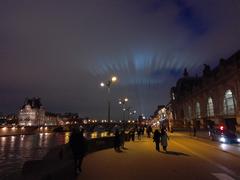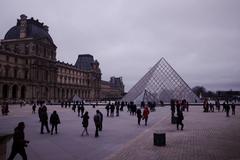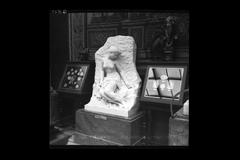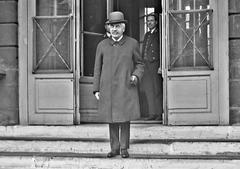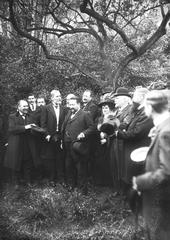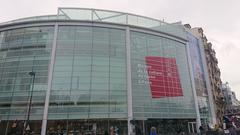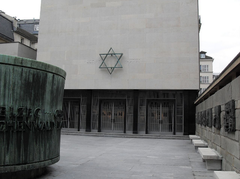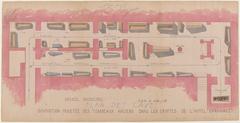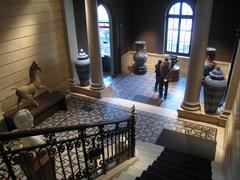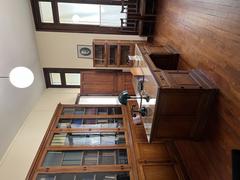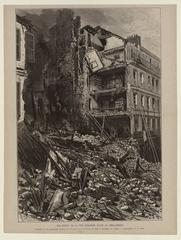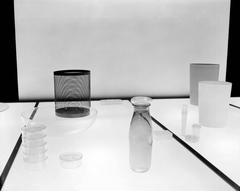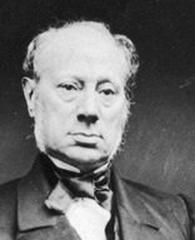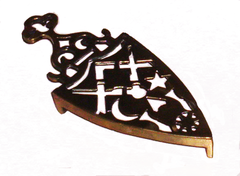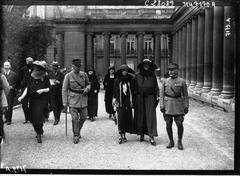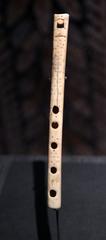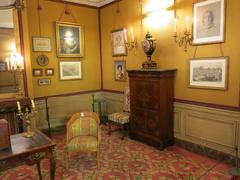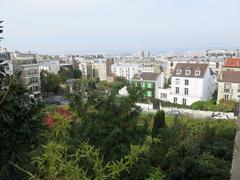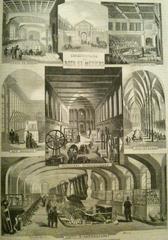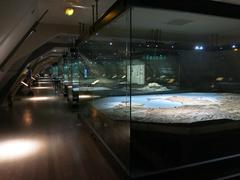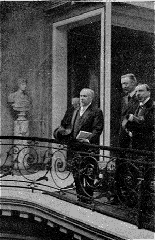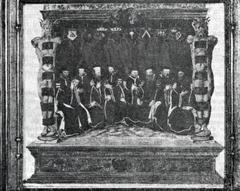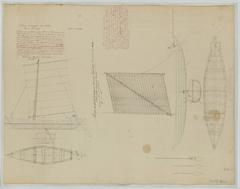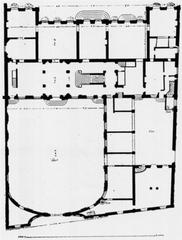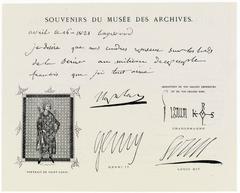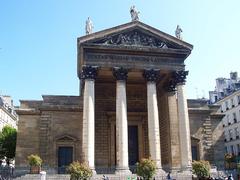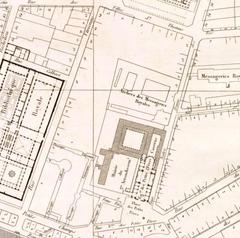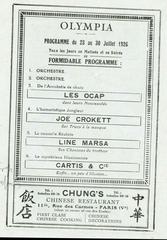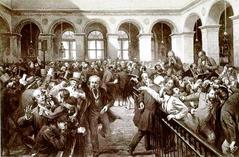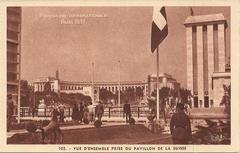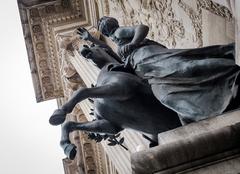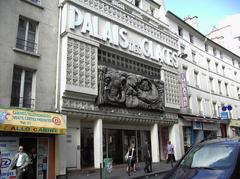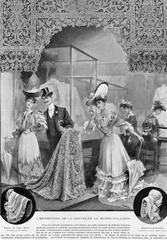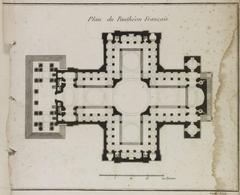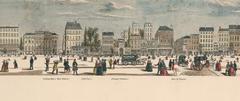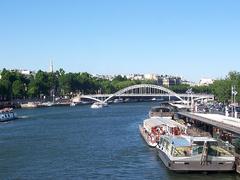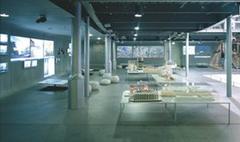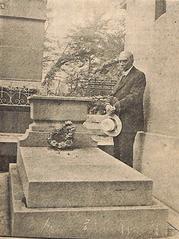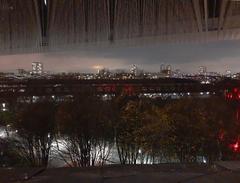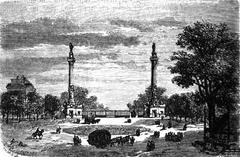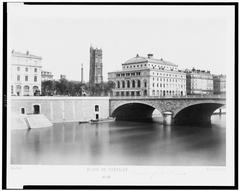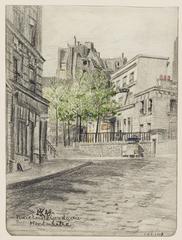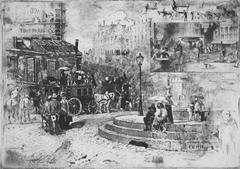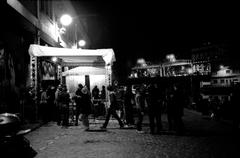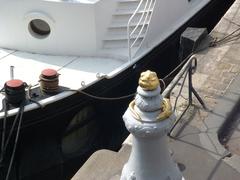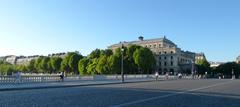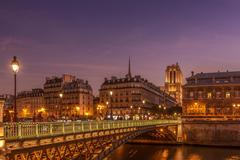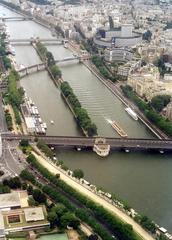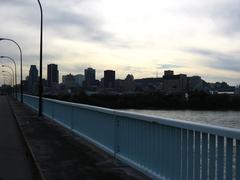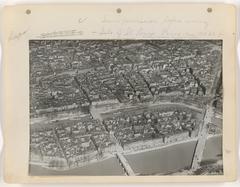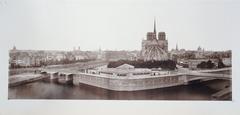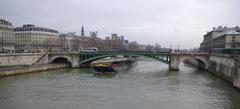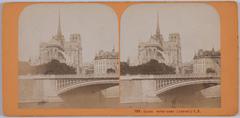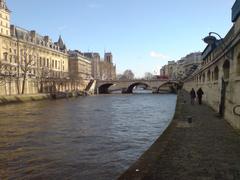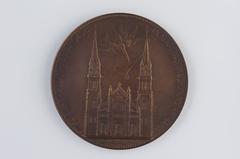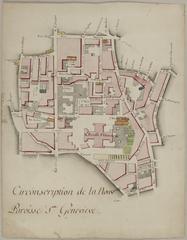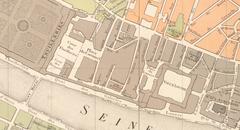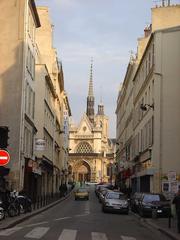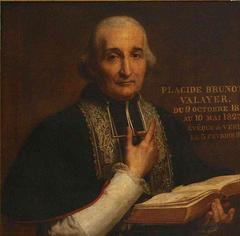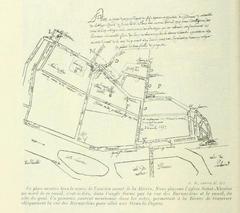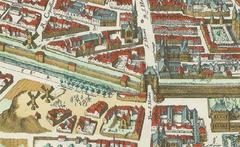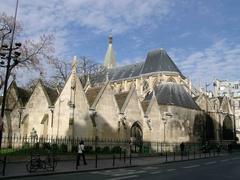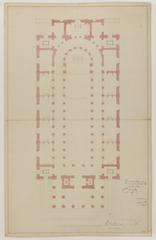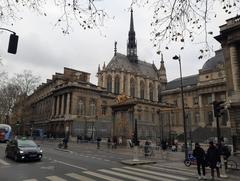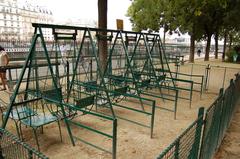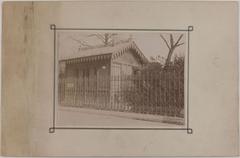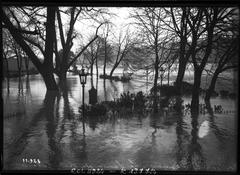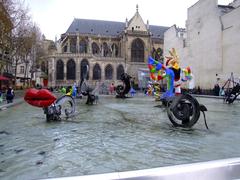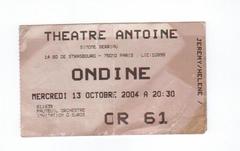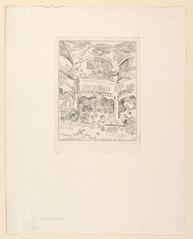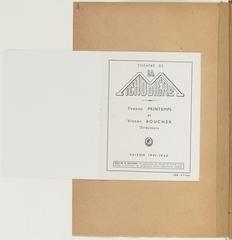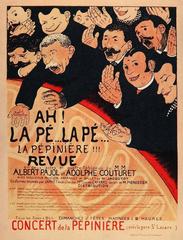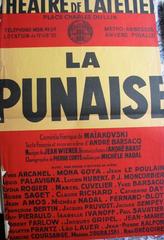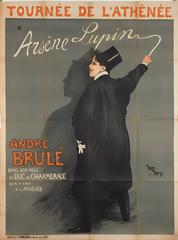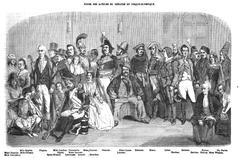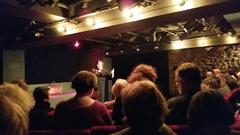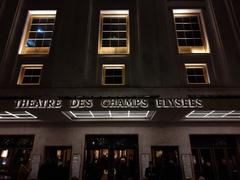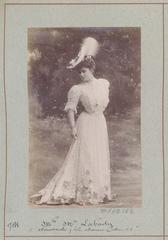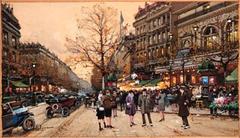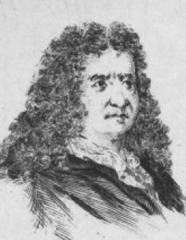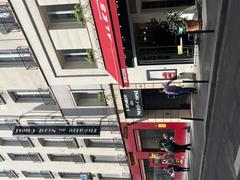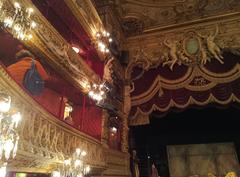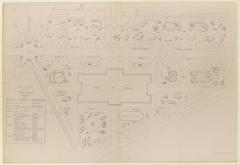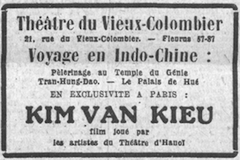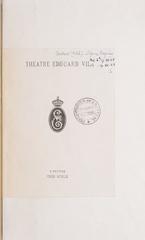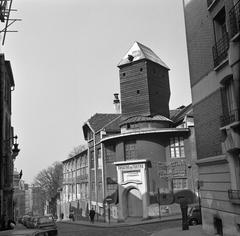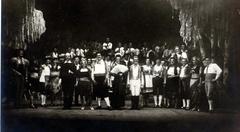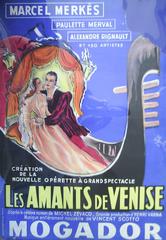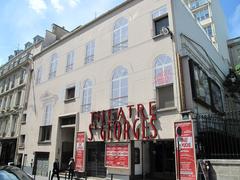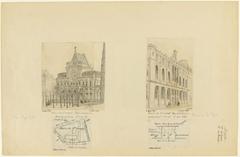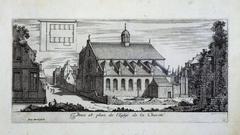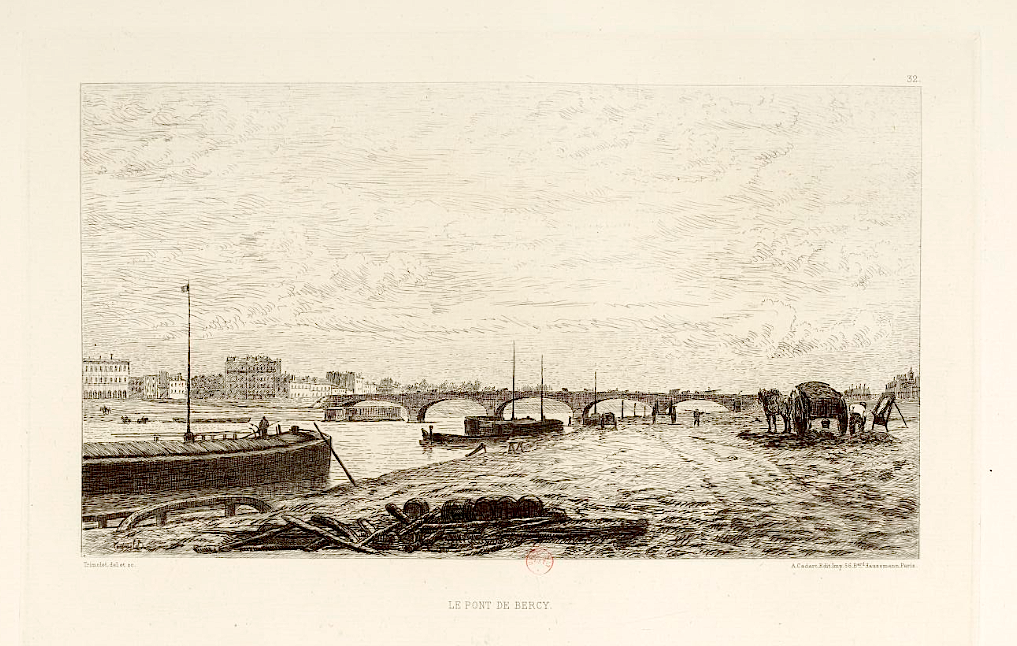
Pont de Bercy Visiting Hours, Tickets, and Travel Tips
Date: 18/08/2024
Introduction
Pont de Bercy, an architectural and historical marvel in Paris, stands as a testament to the city’s rich heritage and engineering prowess. Originally constructed in 1832 to replace an overcrowded ferry service, this bridge has undergone several transformations to meet the evolving needs of the city. From a suspension bridge to a robust stone arch structure, and finally to a widened bridge accommodating modern traffic and the Paris Métro Line 6, Pont de Bercy exemplifies the blend of historical and contemporary elements that characterize Paris (Wikipedia, Paris Top Ten, Wikiwand).
The bridge’s significance extends beyond its structural function; it is a cultural icon connecting the 12th and 13th arrondissements of Paris, facilitating both vehicular and pedestrian traffic. Adorned with ornamental lampposts and golden accents, the Pont de Bercy offers a picturesque view of the Seine River and the Parisian skyline. Its architectural features, such as the three elegant arches and decorative laurel wreaths, make it a popular spot for photography and leisurely strolls (Paris Adèle).
This comprehensive guide aims to provide potential visitors with all the necessary information for an enriching experience. From its historical context and architectural significance to practical visitor tips and nearby attractions, this guide covers everything you need to know about visiting Pont de Bercy. Whether you’re a history enthusiast, a casual traveler, or someone looking to capture the beauty of Paris, Pont de Bercy offers a unique and memorable experience.
Table of Contents
- [History and Construction of Pont de Bercy](#history-and-construction-of-pont-de-bercyhistory-and-construction-of-pont-de-bercy)
- [Early Beginnings and Initial Construction](#early-beginnings-and-initial-constructionearly-beginnings-and-initial-construction)
- [Transition to a Stone Arch Bridge](#transition-to-a-stone-arch-bridgetransition-to-a-stone-arch-bridge)
- [Expansion and Modernization](#expansion-and-modernizationexpansion-and-modernization)
- [Late 20th Century Renovations](#late-20th-century-renovationslate-20th-century-renovations)
- [Architectural Features](#architectural-featuresarchitectural-features)
- [Significance and Legacy](#significance-and-legacysignificance-and-legacy)
- [Visitor Information](#visitor-informationvisitor-information)
- [Visiting Hours](#visiting-hoursvisiting-hours)
- [Tickets and Entrance Fees](#tickets-and-entrance-feestickets-and-entrance-fees)
- [Best Times to Visit](#best-times-to-visitbest-times-to-visit)
- [How to Get There](#how-to-get-therehow-to-get-there)
- [Travel Tips](#travel-tipstravel-tips)
- [Nearby Attractions](#nearby-attractionsnearby-attractions)
- [Visitor Experience](#visitor-experiencevisitor-experience)
- [FAQ](#faqfaq)
- [Conclusion](#conclusionconclusion)
- [References](#referencesreferences)
History and Construction of Pont de Bercy
Early Beginnings and Initial Construction
The Pont de Bercy, a significant bridge in Paris, has a rich history that dates back to the early 19th century. The original bridge at this location was a suspension bridge, constructed in 1832 to replace an overcrowded ferry service. This initial bridge was a toll bridge, with fees set at one sou (5 centimes) for pedestrians, three sous for a two-wheeled cabriolet, and five sous for a four-wheeled car (Wikipedia).
Transition to a Stone Arch Bridge
By the mid-19th century, the suspension bridge was no longer adequate to handle the increasing traffic. Under the direction of engineer Feline-Romany, the original wooden structure was replaced with a more robust stone arch bridge between 1863 and 1864 (Paris Top Ten). This new bridge featured three elegant arches, each spanning approximately 40 meters, supported by sturdy stone piers rising from the riverbed. The stone construction was a testament to the architectural and engineering prowess of the time, showcasing the mid-19th century architectural style (Paris Top Ten).
Expansion and Modernization
The early 20th century saw further modifications to the Pont de Bercy to accommodate the city’s evolving needs. In 1904, the bridge was widened to include pedestrian walkways and to support Line 6 of the Paris Métro, which runs above the roadway (Wikiwand). This addition transformed the bridge into a double-decker structure, with the metro line on the upper deck and vehicular and pedestrian traffic on the lower deck.
Late 20th Century Renovations
By the late 20th century, the Pont de Bercy required further expansion due to increasing traffic demands. In 1982, a design competition was held to propose a solution for widening the bridge. The winning design by Christian Langlois maintained the bridge’s original aesthetic while using reinforced concrete with a stone veneer to widen the structure. This renovation, completed in 1992, allowed the bridge to accommodate modern traffic flow while preserving its historical appearance (Paris Adèle).
Architectural Features
The Pont de Bercy is renowned for its architectural elegance. The bridge’s three arches are lined with ornamental lampposts, and the balustrades are highlighted with golden accents. Laurel wreaths decorate the top of each pier, adding to the bridge’s aesthetic appeal. These features make the Pont de Bercy not only a functional piece of infrastructure but also a work of art that enhances the Parisian landscape (Paris Adèle).
Significance and Legacy
The Pont de Bercy has played a crucial role in connecting the 12th and 13th arrondissements of Paris, facilitating the flow of traffic and pedestrians across the Seine. Over the years, it has witnessed the growth and evolution of the city, standing as a symbol of Paris’s enduring spirit and resilience. The bridge has also been featured in various works of art, capturing the essence of Parisian life and inspiring artists and visitors alike (Paris Top Ten).
Visitor Information
Visiting Hours
The Pont de Bercy is accessible to visitors 24 hours a day, making it a convenient destination for both day and night visits. The pedestrian walkways are well-lit, ensuring safety for visitors who wish to enjoy evening strolls.
Tickets and Entrance Fees
There are no entrance fees to visit the Pont de Bercy. It is a public bridge, open to all visitors without the need for tickets.
Best Times to Visit
The best times to visit the Pont de Bercy are during the early morning or late afternoon when the light is perfect for photography. Evening visits are also popular, as the bridge and surrounding areas are beautifully illuminated.
How to Get There
The Pont de Bercy is easily accessible via public transportation. The nearest metro station is Bercy (Lines 6 and 14), which is a short walk from the bridge. Alternatively, visitors can take buses that stop near the bridge or use ride-sharing services.
Travel Tips
- Comfortable Footwear: Wear comfortable shoes, as walking along the bridge and exploring nearby attractions may involve a lot of walking.
- Weather: Check the weather forecast before your visit to ensure you are prepared for the day’s conditions.
- Photography: Bring a camera or smartphone to capture stunning views of the Seine and the Parisian skyline from the bridge.
- Safety: While Paris is generally safe, always be mindful of your belongings, especially in crowded areas.
Nearby Attractions
- Bercy Village: A charming shopping and dining area located near the bridge, offering a variety of stores and restaurants.
- Accor Arena: A major venue for sports events and concerts, situated close to the Pont de Bercy.
- Ministry of Finance: Located nearby, this modern building is an architectural contrast to the historic bridge.
- Bibliothèque Nationale de France: One of the largest libraries in the world, offering a wealth of knowledge and stunning architecture.
Visitor Experience
Today, the Pont de Bercy continues to captivate visitors with its stunning design and rich history. Walking along the bridge, visitors can enjoy picturesque views of Paris, making it a must-see destination for those looking to experience the city’s charm and romance. The bridge’s pedestrian walkways provide a pleasant space for strolling and taking in the views, making it a beloved landmark in the heart of Paris (Paris Top Ten).
FAQ
- What are the visiting hours for Pont de Bercy? The bridge is open 24 hours a day.
- Is there an entrance fee for Pont de Bercy? No, there is no entrance fee. It is a public bridge accessible to everyone.
- What is the best way to get to Pont de Bercy? The nearest metro station is Bercy (Lines 6 and 14). Buses and ride-sharing services are also convenient options.
- What are some nearby attractions? Nearby attractions include Bercy Village, Accor Arena, the Ministry of Finance, and the Bibliothèque Nationale de France.
Conclusion
The Pont de Bercy stands as a remarkable example of 19th-century engineering and a treasured part of Paris’s architectural heritage. Its history of construction, expansion, and modernization reflects the city’s growth and adaptation over the years. As an enduring symbol of Paris’s past and present, the Pont de Bercy remains an integral part of the Parisian landscape, connecting two arrondissements and the hearts of those who have the pleasure of crossing its path (Paris Top Ten).
For more information on visiting Paris and exploring its historical sites, download the Audiala mobile app or follow us on social media for the latest updates.

